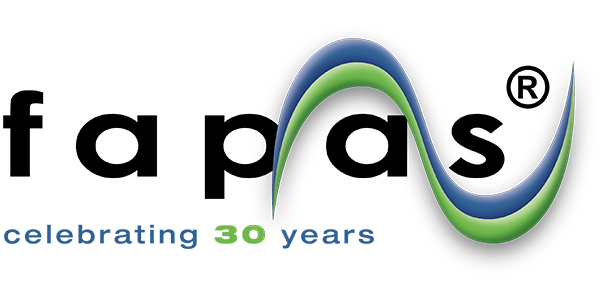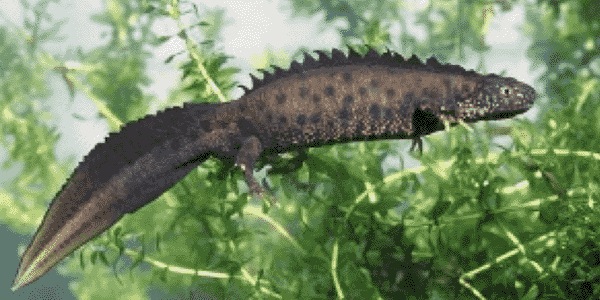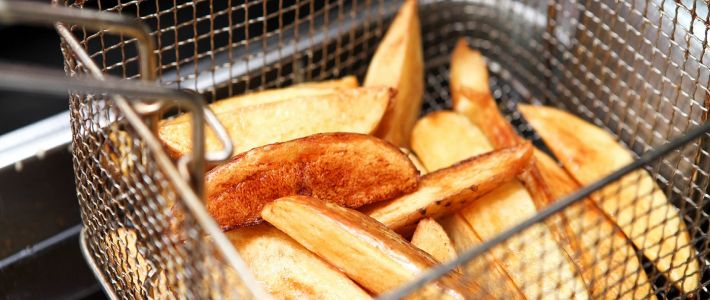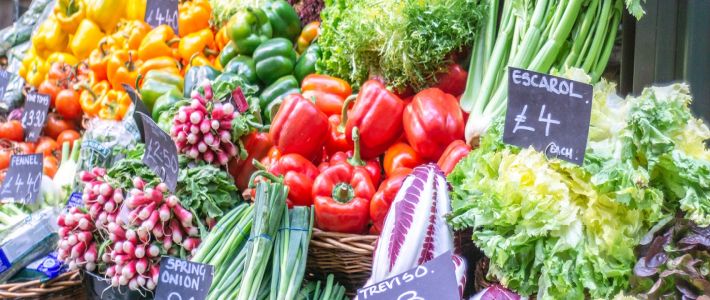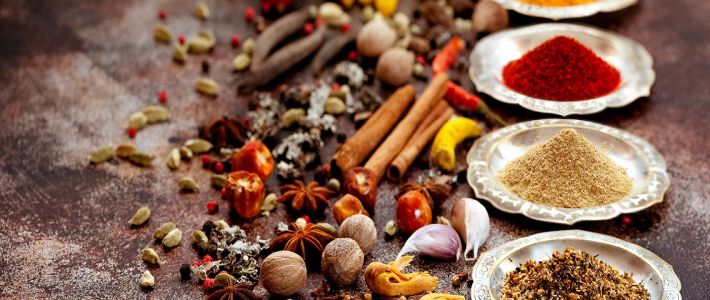
Visit our other sites
-
Fapas - Proficiency Testing
Globally recognised provider of proficiency tests, running over 400 tests annually across an extensive range of matrices and analytes
-
Great Crested Newts Testing
A single sample taken by an ecologist at any time during the newt breeding season can determine their presence or absence, saving you time and money

Method Used
GC-MS/MS
Accreditation
ISO 17025
Standard Turnaround Time
20 working days
Overview
Ethylene oxide (also known as Oxirane) can be used as a fumigant to control fungi and bacteria growth in dry food products (e.g. seeds, herbs and spices). Ethylene oxide undergoes various reactions with the food matrix leading to formation of 2-chloroethanol.
The use of plant protection products containing ethylene oxide is prohibited in the EU as it is classed as a Category 2 carcinogen and mutagen. The Maximum Residue Level for ethylene oxide is defined as the sum of ethylene oxide and 2-chloroethanol and it is set at 0.05 mg/kg (ethylene oxide sum) for oil seeds.
Parameters Tested
The analytical method used for analysis of ethylene oxide and 2-chloroethanol is based on a method published by the EU reference Lab with QuEChERS extraction followed by determination using GC-MS/MS.
Reporting limit
0.05 mg/kg in oilseeds
| Detail | Specification |
|---|---|
Method Used | GC-MS/MS |
LOD (limit of detection) | 0.05 mg/kg |
Accreditation | ISO 17025 |
Ethylene Oxide
Add Samples
Your Current Samples
Please review your sample(s). Additional sample charges may apply where applicable.
There are no samples associated with this product at this time

Copyright © 2025 Fera Science Limited (“Fera”). All rights reserved.
For further information about how Fera uses any personal data collected from you, please see our Privacy Notice at www.fera.co.uk/privacy-policy.
